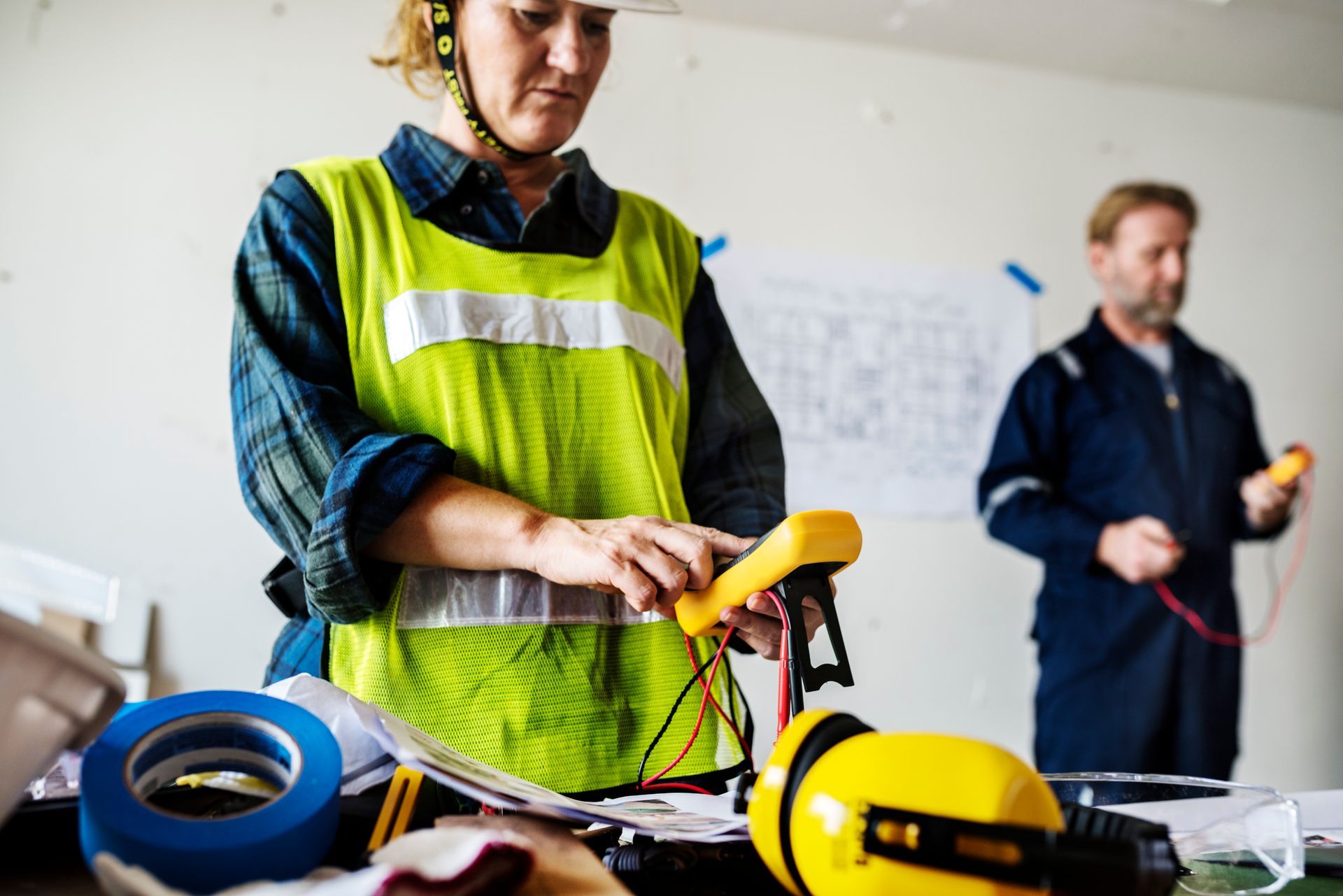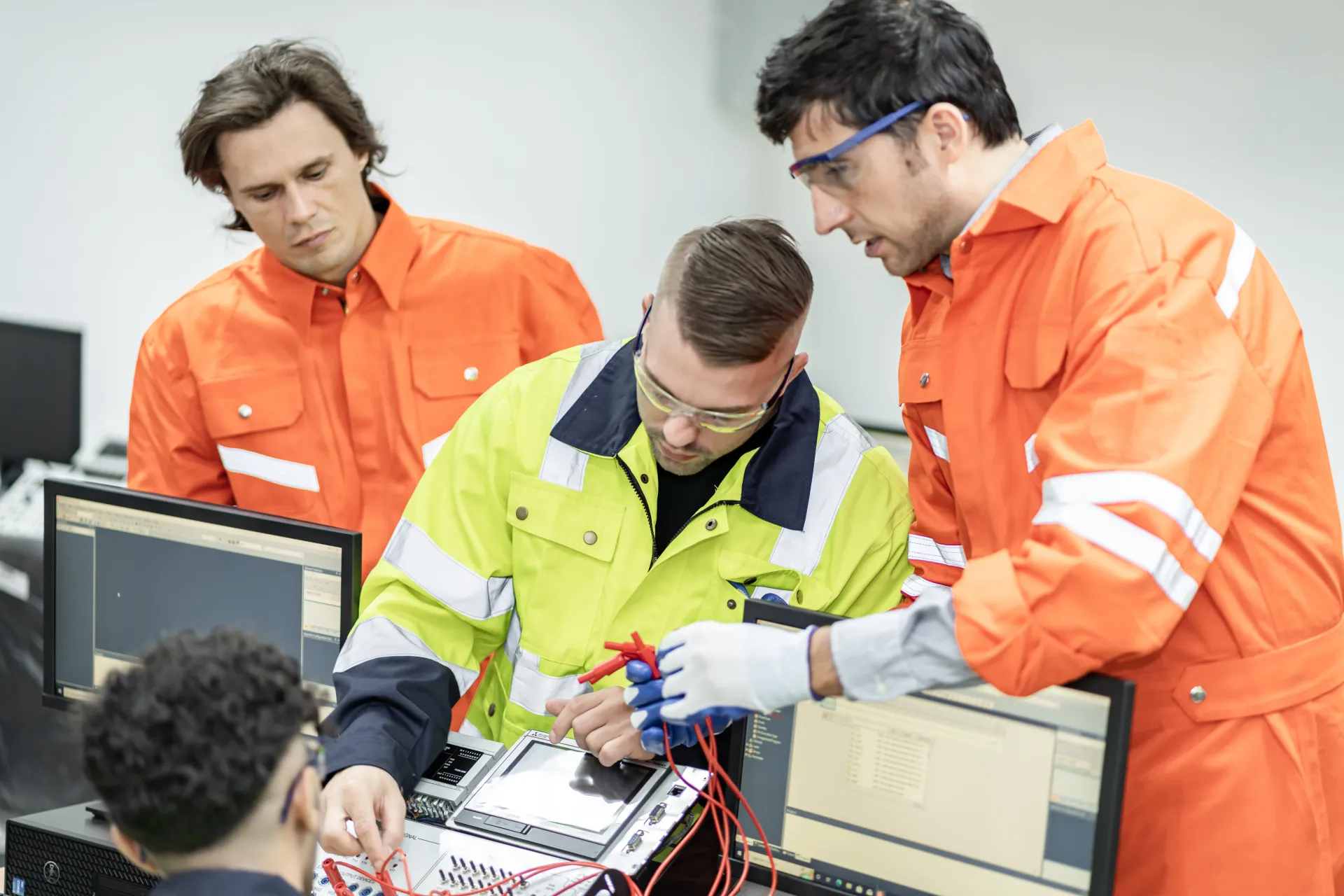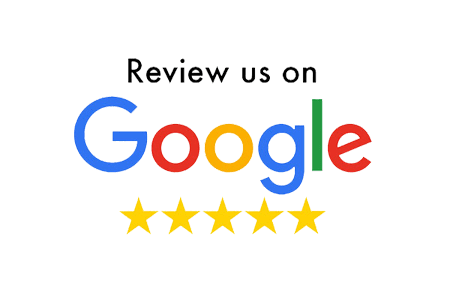IEEE 1584 – Changes To The Next Edition
Happy Holidays From arcflash.ca!

It has been quite an exciting year for arcflash.ca! From the launch of our NEW Arc Flash Electrical Worker Quick Field Guide APP on Google Play for just $2.99 ( Buy Here! ) to our brand new E-Store , we can't wait to see what 2019 brings in the world of electrical safety and lockout!
I'd like to wish a very warm Seasons Greetings to you and yours, and All the Best in the upcoming year!
For our December newsletter, we're sharing a great article, courtesy of Mr. Jim Phillips- Brainfiller.com, on all of the changes in the Next Edition of the IEEE 1584, and what remained the same.
As always, you are invited to contribute a story or a question that you would like to bring forward to other readers, related to workplace electrical safety or lockout, including PPE and safety equipment.
Please send your stories and questions to Len at len@arcflash.ca. You can also continue the conversation with us on our LinkedIn Workplace Electrical Safety Communications group!
It has been sixteen long years since IEEE 1584 – IEEE Guide for Performing Arc-Flash Hazard Calculations was first published in 2002. This standard was highly celebrated back then because for the first time there was an internationally recognized standard that provided a method to calculate the arcing short circuit current, incident energy and arc flash boundary. The results of these calculations are often listed on arc flash/equipment labels and have become an integral part of arc flash studies and risk assessments globally.
However, it did not take long before the focus began to shift towards what comes next.
The growing list of what comes next was becoming quite long. It was obvious that the next edition of IEEE 1584 would be a project of epic proportions requiring significant financial and technical resources. To rise to this challenge, a different approach would be necessary and a collaboration was created between IEEE and NFPA.
The research and testing by the collaboration project finally got underway and resulted in a new and more detailed preliminary model and new equations that were handed off to the IEEE 1584 working group. Additional refinements were made to the model and then it was finally integrated into a draft of the next edition of the standard. Several more revisions and drafts were developed along the way and now the current version (Draft 6) is finally close to being published.
What Changed?
A frequently asked question is: “What has changed from the 2002 Edition to the
next edition of IEEE 1584.” Perhaps an easier question to answer is what
has NOT changed. Well, the next edition still has the same title!
The 2002 Edition was based on more than 300 arc flash tests used to develop empirically derived equations. The range of validity is from 208 V to 15,000 V – three phase and for bolted short circuit currents from 700 Amps to 106,000 Amps. The new edition is based on almost 2000 additional tests spanning a wide range of voltages, configurations and parameters.
Let’s take a look at the major changes:
Voltage Range (unchanged):
208 V to 15,000 V, Three- Phase
Range of bolted short circuit current:
208 V – 600 V: 500 A to 106,000 A
600 V – 15,000 V: 200 A to 65,000 A
Conductor Gap:
208 V – 600 V: 0.25 inches to 3 inches
601 V – 15,000 V: 0.75 inches to 10 inches
Working Distance: 12 inches or larger.
New Electrode / Bus Configuration
The 2002 edition was based on arc flash tests with electrodes in a vertical orientation as shown in Figure 1. When an arc flash occurs using the original model, the arc plasma is driven towards the bottom of the box and often spills out of the front.
Subsequent research has shown that incident energy can be influenced by the electrode orientation. As a result, the project team conducted many new tests using electrode orientations that include both a horizontal configuration and vertical electrodes that terminate into an insulating barrier. These additional configurations may be possible with some types of electrical equipment. The new model includes five different configurations as illustrated in Figures 1 through 5.
When the electrodes are placed horizontally, the arc plasma is directed from the ends of the electrodes outward. Research has also indicated that if vertical electrodes are terminated into an insulating the arc hits the barrier and the plasma cloud is directed more towards the enclosure opening.
In addition, tests were conducted in open air and included the original vertical configuration in open air and a new configuration with the electrodes oriented horizontally.
To provide greater modeling flexibility for equipment, five different electrode/bus configurations have been included in the testing program and subsequent model development which include:
VCB – Vertical electrodes in a metal box/enclosure (also in 2002 Edition)
VCCB – Vertical electrodes terminated in an insulating barrier in a metal box
HCB – Horizontal electrodes in a metal box
VOA – Vertical electrodes in open air (also in 2002 Edition)
HOA – Horizontal electrodes in open air
125 kVA Transformer Exception
The 2002 Edition contained language that many refer to as the “125 kVA transformer exception” This language states:
“Equipment below 240 V need not be considered unless it involves at least one 125 kVA or larger low-impedance transformer in its immediate power supply”
This language was based on a few tests that indicated lower short circuit currents at lower voltages may be less likely to sustain an arc flash resulting in a lower incident energy.
However, subsequent IEEE 1584 testing has demonstrated that although not very common, it may be possible to sustain arcs briefly at lower levels of short circuit current resulting in a greater incident energy. Based on the results of additional testing, the 125 kVA language has been deleted. Instead, new language states:
Sustainable arcs are possible but less likely in three-phase systems operating at 240 V nominal or less with an available short-circuit current below 2000 Amps.
Voltage
Although the 2002 edition is valid for voltages from 208 V to 15,000 V, only
two different equations were provided for the arcing short circuit
current. One for systems operating from 208 Volts up to 1000 Volts and
one for 1000 Volts to 15,000 Volts. This left a discontinuity at 1000
Volts and further refinements were needed. In addition, the 2002 edition
required a calculation factor (Cf) for incident energy calculations at voltages
less than 1000 Volts. The next edition uses 3 voltages and also includes
interpolation for other voltages for greater accuracy. The three voltages
include 600, 2700 and 14,300 volts.
Grounded/Ungrounded
The 2002 edition made a distinction in the results based on whether a power
system is grounded or ungrounded/impedance grounded. During the arc
initiation stage when the fuse wire is melting, the arc can be very erratic
i.e. unbalanced. The erratic arcing created a difference in the arcing
current and incident energy during this very brief period that could be
influenced by how the system is grounded. The new model is based on the more
stable arc so there is no difference in the calculations based on grounding.
Arcing Current Variation Correction Factor
The first addendum for the 2002 edition of IEEE 1584 was published in
2004. Known simply as IEEE 1584a, this addendum added an 85% factor for
reducing the calculated arcing short circuit current for systems up to
1kV. The reduction was to account for variations that may occur in the
actual arcing current which could affect how fast a protective device may
operate. If the reduced arcing current resulted in a longer clearing time
and larger incident energy, results based on the adjusted current would be
used.
Instead of a fixed 85% factor, the next edition includes an “Arcing Current Variation Correction Factor” based on using a new equation. This represents a more accurate arcing current variation based on the electrode configuration as well as other factors and applies for all voltages.
Enclosure Size Correction Factor
The enclosure size can have a significant impact on the arc flash energy being
expelled and reaching a worker. To address this, additional
enclosure sizes were included in the test program. An enclosure size
correction factor has also been introduced to adjust the incident energy for
smaller and larger enclosures. For equipment operating at voltages less
than 1000 volts, the next edition now makes a distinction between “Shallow”
enclosures which are less than eight inches in depth and “Typical” enclosures
that are greater than eight inches in depth.
Two Seconds
There is language in the 2002 edition that suggests the arc duration may be
capped at 2 seconds if calculations indicate that a protective device may take
an unusually long time to operate. Judgment must be used to evaluate if a
person would have room to react and jump out of the way within 2 seconds.
This leads to another question: Will the 2 second rule remain? The simple answer: Yes!
What’s Next?
Just because the next edition of the IEEE 1584 standard is finally about ready
to be published doesn’t mean arc flash research and standards development is
finished. Quite the opposite. After 16 long years, there will undoubtedly
be celebration – but then we will once again begin looking at what’s next!
When the next edition of this standard is published, you can purchase your copy at: IEEE SA Standards Store
Copyright (C) 2018 – Jim Phillips/Brainfiller, Inc.












